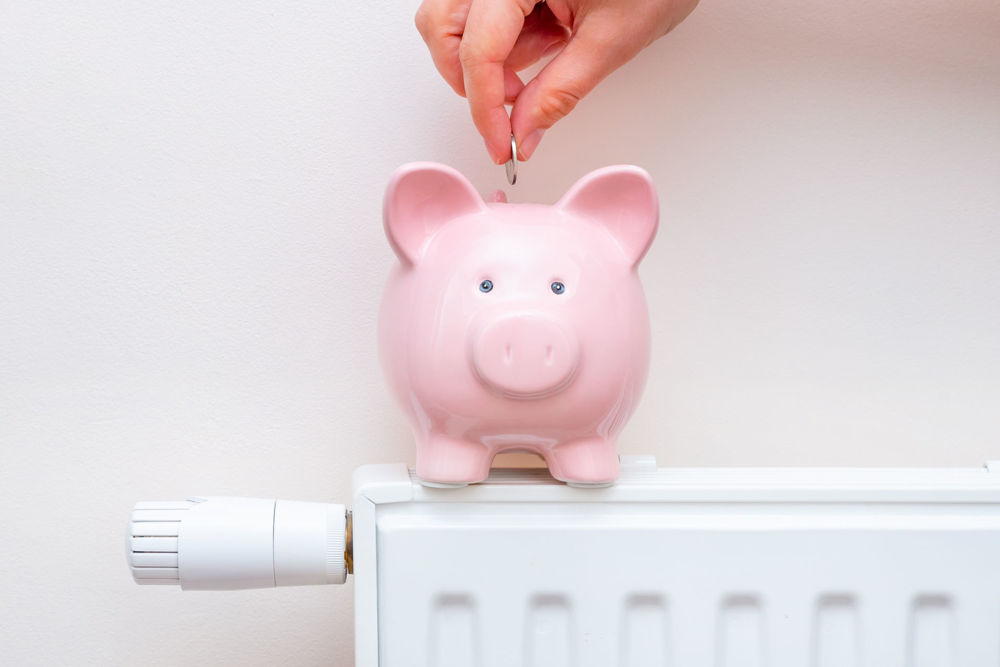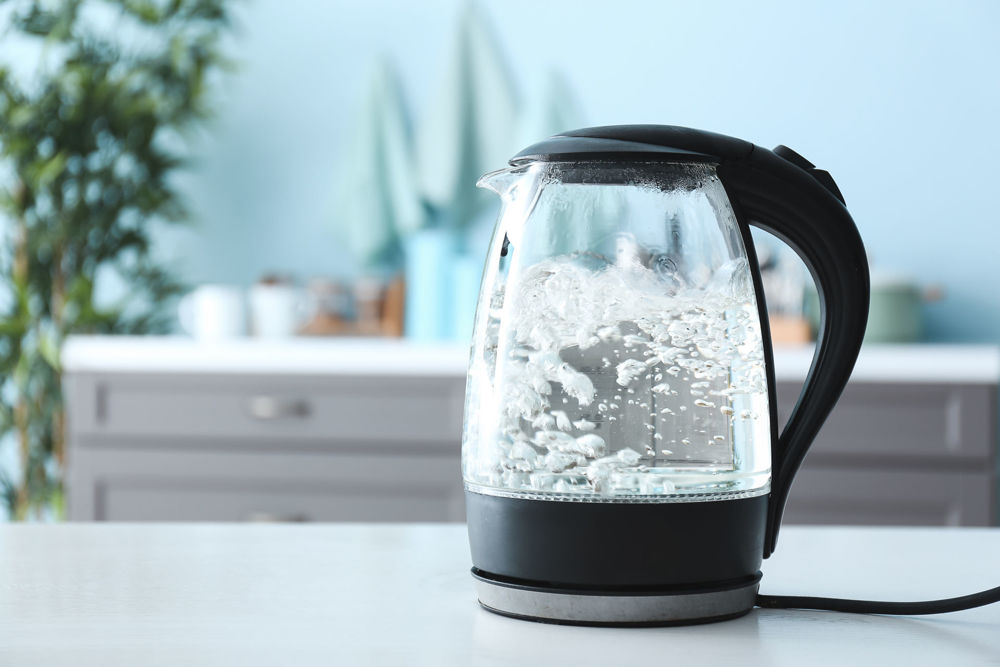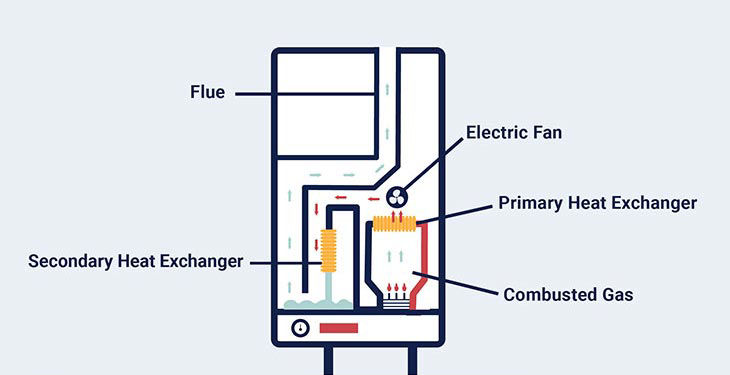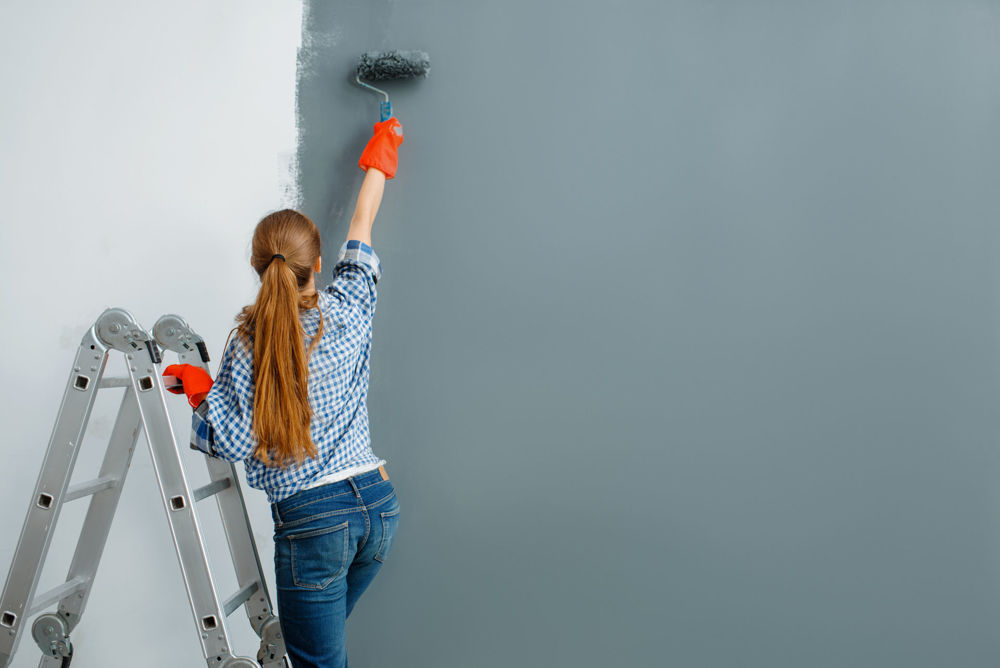HOW TO SAVE ENERGY AT HOME
Winter is coming, and the heating season is upon us. As energy prices rise through the roof, learning how to save energy at home has never been so important. The benefits are two fold, saving the planet whilst keeping lower energy bills.
Whilst people and innovative companies are looking for ways to reduce the usage, waste and dependency, we have picked up some practical tips which we think will help you reduce your bills and save the planet at the same time.

1. Turn your thermostat down by one degree
Set up your home thermostat or make sure it works properly. It’s a particularly good idea to think about this if your controls are more than 14 years old.
The thermostat prevents your heating system from using more energy than it needs to. You can even set up different heating zones in your home. Each one of them will heat the relevant zone until it reaches the desired temperature and then turns off till the temperature drops below your programmed one.
Installing thermostats, a programmer, and thermostatic radiator valves and using these controls efficiently could reduce your energy usage and save you money all year around.
2. Do not overfill the kettle

It’s time to make a cup of tea? Did you know that 23% of tea and coffee lovers re-boil their kettles?
Stop filling your kettle up to the brim and use re-boiled water. Boiling less water each time will save you money and make your tea taste better.
3. Unplug all your chargers
People unnecessarily overcharge their smartphones, tablets and laptops. Almost everyone keeps their TVs, microwaves, coffee machines and other electronic devices plugged in. This behaviour leads to energy waste and subsequently waste of money with the added potential risk.
It is advisable to unplug all devices when they are not needed as this will save up to £60 a year. Moreover, such change in behavior will protect such chargeable devices from being damaged by volume fluctuations and will prolong their battery life.
4. Upgrade your heating system
New boiler systems are amazingly more efficient than the old ones. They can make a significant difference and save you, on average, £580 annually.
Upgrade your old boiler to a new A-rated condensing one and save energy at home. Do not forget to make sure that your new heating system has:
- Programmer
- Room thermostat
- Thermostatic radiator controls

The UK’s Government has announced the Boiler Upgrade Scheme. Such a scheme will be available for those householders that want to swap their gas boilers for low-carbon systems.
The BUS allows consumers to apply for a one-off grant payment. Current grants are available for:
- £7,500 towards an air source heat pump
- £7,500 towards a ground source heat pump (including water source heat pumps and those on shared ground loops)
- £5,000 towards a biomass boiler
Source: GOV UK
5. Swap the shower head
Apparently, four in five of us believe that shower uses less water than a bath. Whilst this makes sense are you sure your shower head is water-efficient?
Your power shower could be drenching you with more than 50 litres of water which is more than what you’d put in a bath. Modern showers are designed to reduce water waste by up to 40%.
Choosing a water-efficient shower can save you about £195 per year. And if you want to get a further £80 saving, try to spend one minute less in your bathroom. Take care of our planet, save water and money.
6. Choose the right paint

Surprisingly, even your wall paint can waste or save energy at home. The satin or semigloss paint will reflect the heat better than gloss. Just as the lighter colours do, therefore, try to paint your walls in a light colour using a satin finish.
7. Do not forget about curtains
Can you imagine that leaving your curtains open until the sunset in summer reduces your energy bills up to 60 percent? During the summer, make the most of natural light.
However, try to keep your curtains closed in winter. Lots of heat can be lost through walls and windows. Stop the great heat escape by closing your curtains and tucking them behind your radiator in the evenings.
Check your windows too. Older wooden windows will let heat out. Whilst replacing them increases the investment costs, you could use temporary tape to stop the draft during the colder months.
8. Move furniture away from external walls
The furniture arrangement at your home will significantly impact how warm or cool you feel in it.
If you notice yourself setting a higher temperature and your sofa is against an exterior wall, consider moving it. This point may seem trivial however, it does work. By arranging your furniture, you will be arranging reduction in your energy bills.
9. Lay a carpet

According to National Energy Foundation, the average home loses around 10% of its heat through uninsulated floors. By adding carpets and underlay you will be saving yourself a lot of money, whilst making the house warmer.
You may consider carpets to be an old-fashioned and hard-to-clean option. But there are so many materials and designs on the market. Carpet is a perfect way to add colours to your room.
10. Fill your fridge with bottles of tap water
It may seem illogical, but keeping a fridge empty wastes a lot more energy than a full one. If you have too much free space in your fridge or freezer, try to fill it with bottles of tap water.
If you notice that your fridge is always too empty, perhaps it is time to swap it for a smaller and more efficient one. The freezer is the most expensive kitchen appliance to run. Therefore, make sure you choose the right size with the most energy-efficient option.


